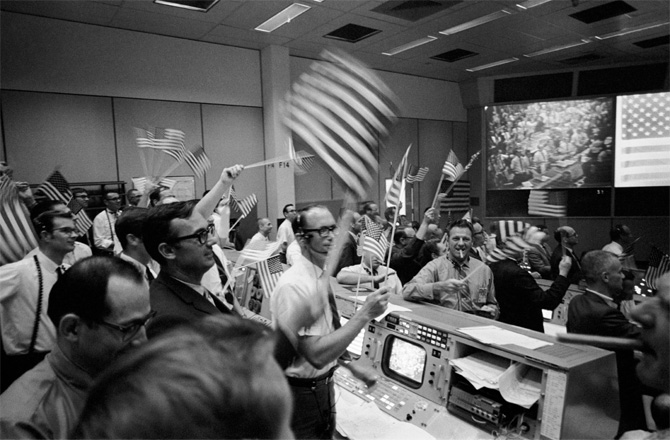'Houston, we have a problem…' These famous words were spoken by pilot Jack Swiggert in 1970, on-board the Apollo 13 manned mission to the moon. (In fact the actual words spoken were 'Houston, we’ve had a problem' but popular culture has morphed the tense over the years).
He calmly relayed the message after a near catastrophic explosion in one of the on-board oxygen tanks almost brought the mission to an untimely and tragic end. What those five words started in motion was a race against time by engineers on the ground and the crew in space to come up with a plan – and execute it – to save the lives of Swiggert and his fellow astronauts and bring them safely back to Earth.
> See also: Can your disaster recovery plan save your business?
Apollo 13 is often dubbed NASA’s ‘most successful failure’. The events that followed the explosion were the epitome of people coming together to solve a problem under the most extraordinary of circumstances.
The first thing the team of engineers on the ground needed to do was to access, gather, prioritise and correlate all available data. Data was available from a multitude of systems both on board the spacecraft (and downlinked to the flight center) as well as from monitoring systems on Earth.
Data was the key to understanding what had happened and why it had happened. In the early 1970’s NASA’s engineers didn’t have the digital computational power or visualisation capabilities that we all are accustomed to now, but they made do with what they had at their disposal. Data in printouts, data on rudimentary terminals, data in logbooks. Data everywhere. One can only begin to imagine the amount and complexity of data that the Apollo spacecraft produced.
Data was necessary. But it wasn’t sufficient.
NASA’s 'most successful failure' ended with the three astronauts climbing safely out of their capsule in the Pacific Ocean. Why? Because of us. People. Humans. It was people who collaborated with each other, shared concepts, argued over details and battled over ideas. It was people who dissected the data, interpreted it, looked at it from unusual angles and explored hypothesis. It was people who followed their intuition. And ultimately, it was people, working together as a cohesive team, who solved the problems, one by one.
> See also: From insight to action: why prescriptive analytics is the next big step for data
By harnessing the collective human intelligence of the mission engineers at NASA during those days in April 1970, and by using use the data as a critically important source, they were able form a plan, execute it and bring three men safely home.
Sourced from John Callan, Qlik







